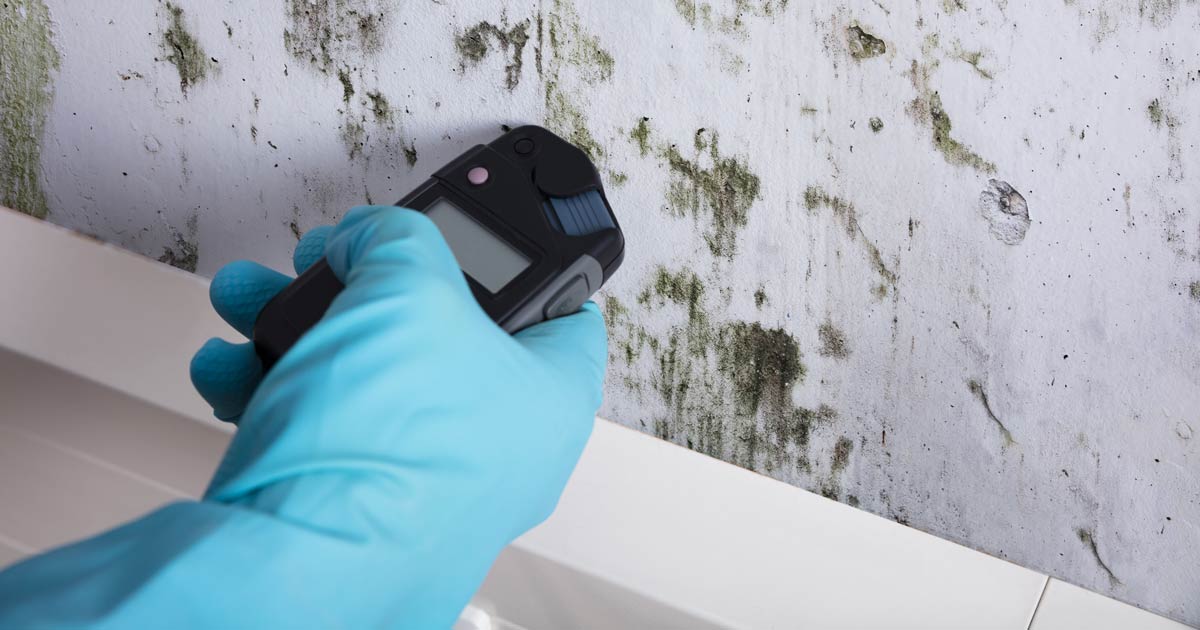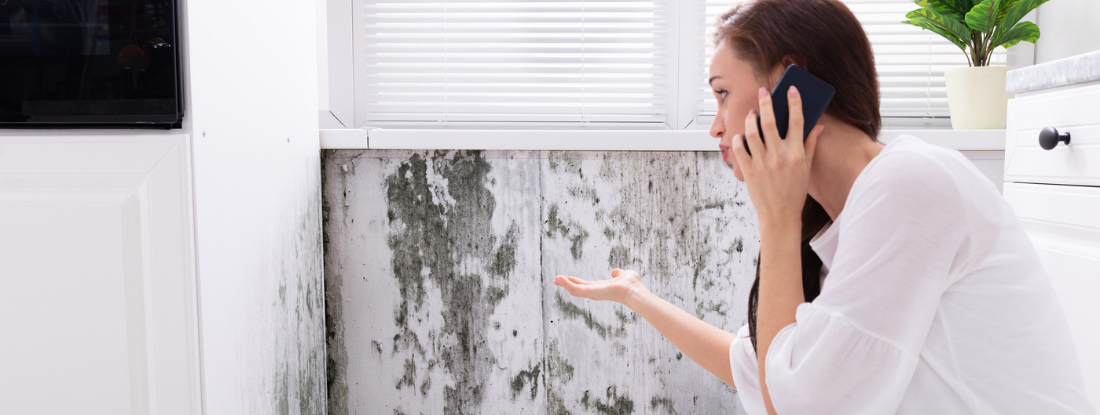After Mold Remediation Methods for Clean Areas
Wiki Article
Effective Post Mold And Mildew Removal Solutions for Your Home
Mold and mildew development in homes can be a relentless concern, usually requiring a systematic approach for effective post-remediation solutions. From understanding the elements that contribute to mold growth to carrying out correct cleansing strategies and wetness control procedures, the process can be complex yet critical for keeping a healthy and balanced living setting. Additionally, exploring natural remediation remedies and developing a routine for continuous upkeep are necessary parts of a comprehensive mold removal approach. As home owners make every effort to attend to mold issues, locating one of the most reliable services becomes paramount for the health of their houses.Recognizing Mold Development Aspects
The key factor contributing to mold growth is wetness. Mold spores need wetness to germinate and flourish, making wet or moist settings very susceptible to mold infestations.
Furthermore, air movement and light exposure can impact mold and mildew growth. Locations that lack correct ventilation and all-natural light are a lot more prone to mold and mildew development. By addressing these elements comprehensively, individuals can effectively minimize mold and mildew growth and guard their living environments.
Appropriate Mold Cleansing Methods
Making use of reliable cleansing approaches is essential in avoiding the recurrence and addressing of mold and mildew contamination in interior settings. The initial action in correct mold and mildew cleansing is to have the affected area to stop the spread of spores to unpolluted areas.
Implementing Moisture Control Steps
To properly stop mold development and contamination in interior environments, implementing wetness control steps is paramount. In addition, guaranteeing correct air flow in areas vulnerable to moisture build-up, such as shower rooms and kitchen areas, can help reduce the danger of mold development. By vigilantly carrying out these moisture control steps, Learn More Here home owners can successfully lower the likelihood of mold recontamination and keep a healthy indoor atmosphere.Making Use Of Natural Remediation Solutions
After successfully implementing moisture control steps to prevent mold and mildew growth in indoor environments, homeowners can currently check out the effectiveness of all-natural removal options in preserving a healthy living room. All-natural remediation solutions utilize eco friendly techniques to battle mold and mold, making them a preferred option for those seeking safe options. By including these natural removal services right into their cleaning regimens, property owners can effectively deal with mold and mildew growth while advertising a healthier indoor setting for themselves and their families.
Maintaining a Mold-Free Atmosphere
In order to prevent mold reappearance and ensure a constantly mold-free setting, it is vital for home owners to implement positive upkeep methods. Regularly checking locations susceptible to mold and mildew development, such as bathrooms, attic rooms, kitchens, and basements, is critical. Attending to any type of leakages, water damage, or excess wetness without delay can significantly reduce the danger of mold development. After mold remediation. Correct ventilation in locations with high moisture degrees is also essential to stop mold and mildew development. Using dehumidifiers or exhaust fans can help keep optimum wetness levels and discourage mold and mildew spores from growing.In addition, maintaining tidiness in the home click this link is essential for mold prevention. Keeping indoor plants in check and making certain proper drainage in exterior landscape design can minimize wetness accumulation, reducing the possibility of mold and mildew infestations.
Conclusion
To conclude, it is essential to address mold and mildew development elements, use correct cleansing methods, implement wetness control steps, utilize all-natural remediation remedies, and preserve a mold-free setting in order to efficiently deal with blog post mold removal in your house - Post Mold Remediation Report. By adhering to these methods, you can prevent mold and mildew from recurring and make certain a healthy living setting for you and your family
The key aspect contributing to mold and mildew growth is moisture. Mold spores call for moisture to thrive and germinate, making moist or wet environments highly at risk to mold invasions.To effectively avoid mold growth and contamination in indoor environments, applying dampness control measures is critical. Furthermore, making certain proper ventilation in areas prone to moisture build-up, such as bathrooms and cooking areas, can help lower the danger of mold and mildew development.After successfully executing dampness control measures to avoid mold development in interior environments, homeowners can now discover the efficiency of natural remediation solutions in preserving a healthy and balanced living area.
Report this wiki page